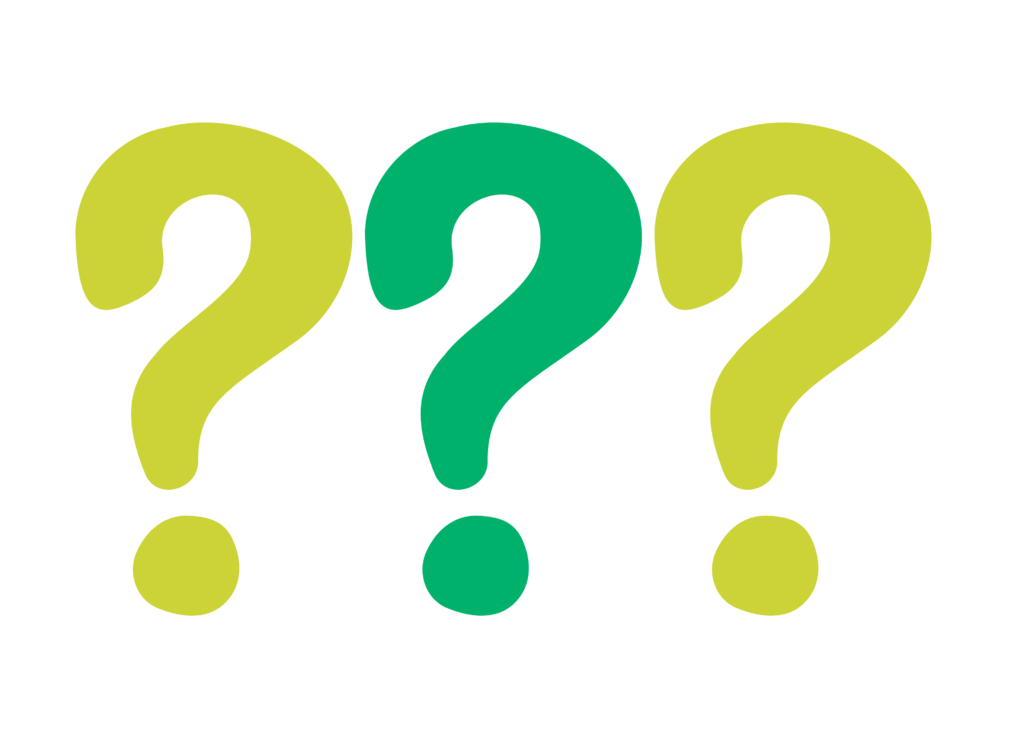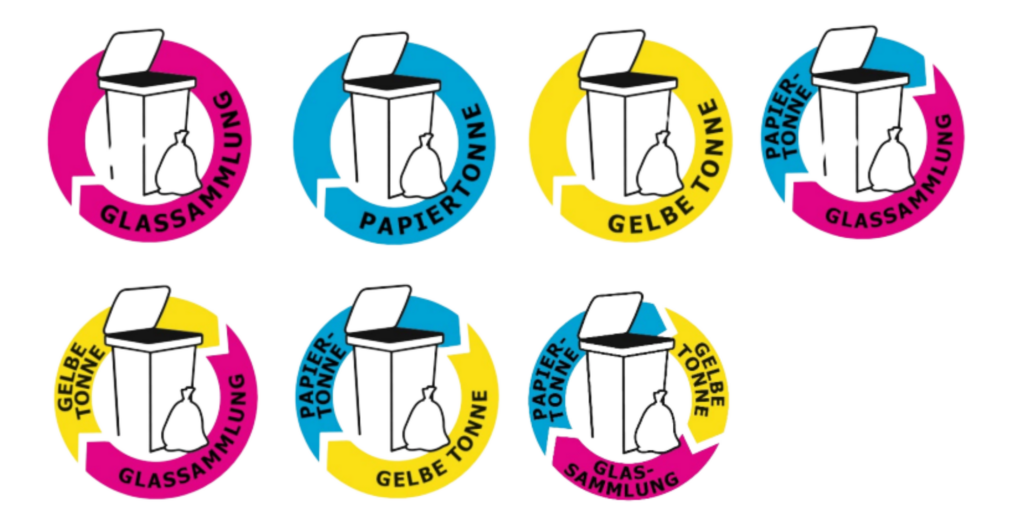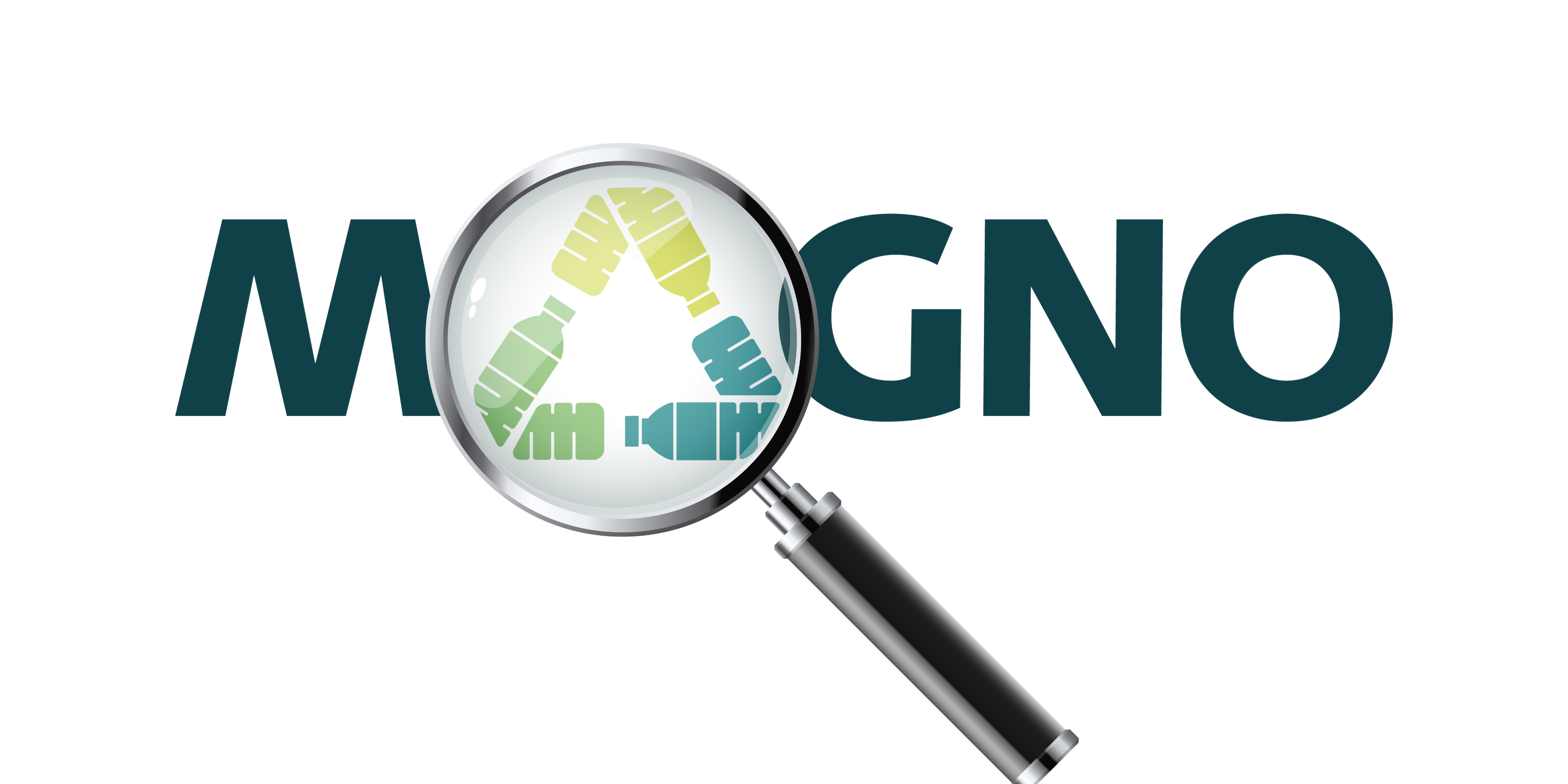As consumers, we know how hard is to check label by label of a serie product we use at home before putting it in the right garbage can. But we also know that at some point, you’ve stood in front of several trash bins with something in hand, wondering “where does this go?”. Before you get frustrated and decide that recycling isn’t worth the effort, stop, breathe, and take a look at the label. The answer is right in front of you. Either way, MAGNO would like to help you.
Recycling symbols are here for that very reason—to give us information and help us play our part in protecting the environment. Still, we know that for an untrained eye, they can be tricky to decode. That’s why at MAGNO, we’ve put together a guide to the most common recycling symbols and what they mean. (Recycling Symbols | Repak, s. f.)
![]()
- Glass Recycling Symbol
You’ve definitely seen this one before. You can find it on glass bottles or jars. You probably already know where to throw it without reading the label, but remember to wash them before tossing them in the right bin, or taking them to your local bottle bank.
![]()
- Aluminium Recycling
You may have never seen this symbol before, but it won’t be hard to guess what it means. Aluminium cans, trays, and clean foil are recyclable—just make sure they are washed and dry before tossing them in your household recycling bin.
![]()
- Steel Recycling
This symbol indicates that the product is made of steel, but don’t worry, steel food cans are also recyclable.
 Before we continue, we have a surprise exam for you!
Before we continue, we have a surprise exam for you!
Are chip bags recyclable?
You might be surprised to find out that they aren’t. They’re made from a combination of metal and plastic layers, which are tricky to separate during recycling. While it’s easy to think they can go in the recycling bin, these should actually go in the trash.
To see if your packet is made from aluminium foil or plastic film, try the scrunch test: scrunch it up in your hand, and if it bounces back to its original shape, it can’t be recycled.(Aluminium And Foil – London Recycles, 2021b)
Let’s keep going…
![]()
- The Green Dot
I’m sure you’ve seen this one. This symbol indicates that a company has contributed to the recycling process in Europe. It’s important to note, however, that this doesn’t mean the product is recyclable itself.
![]()
- Mobius Loop
I’m sure you’ve seen this one, but you probably didn’t know its name. This symbol tells you that the packaging can be recycled, but not necessarily that it has been or will be. It might also include a percentage figure, showing the amount of recycled material in the packaging.
![]()
- Sustainable Wood (FSC Logo)
If you see this symbol, it means the wood used in the product or packaging comes from sustainably managed forests.
![]()
- Tidyman
This is one here is more of a reminder than an instruction.
The Tidyman symbol is added to packaging to remind consumers not to litter, but to dispose of it in the correct bin.
![]()
- Plastic Resin Codes
These symbols are used to identify what type of plastic used in the product. If you want to learn more, check out our previous article, where each one is explained in detail.
![]()
- Non-Household Waste (WEEE Symbol)
You’ll see this on electrical items. It’s a reminder that electrical waste should never go in your household bin—take it to your local recycling points instead.
![]()
- Seedling Logo (Compostable)
This symbol indicates that the product is compostable according to European standards. However, compostable items should not go in your recycling bin, as they can contaminate the recycling stream. Instead, place them in your garden waste collection.
What about countries and systems?
Although the symbols we’ve just covered are shared across multiple countries, the standardization of recycling symbols remains a challenge. And some countries have their own specific symbols on packaging—here are a few examples.
Ireland
Ireland for example, has its own specific recycling symbols. You’ll often see the following on packaging:
![]()
![]()
![]()
Photo by Repak
- Widely Recycled: If this symbol appears, the packaging is recyclable in your household recycling bin.
- Check MyWaste.ie: Parts of the packaging may be recyclable (like a liquid soap bottle), but other parts (like a pump dispenser) must go in the general waste.
- Not Yet Recycled: Unfortunately, some items like toothpaste tubes and blister packs aren’t recyclable yet.
(Recycling Symbols | Repak, s. f.)
Spain
In Spain, specific color-coded bins are used for different packaging types:

Photo by Ecoembes
- In the Blue container: Paper and cardboard packaging.
- In the Yellow container: Plastic, metal, and carton packaging.
- In the Green container: – Glass packaging.
- In the Brown container: Compostable packaging.
(Ecoembes, s. f.)
Germany
In Germany, there are three symbols to differentiate between glass, paper, or items for the yellow container. Additionally, variations exist for products that contain more than one material. In some cases, manufacturers can add a QR code so consumers can access more information on how to recycle the item properly. («TRENNHINWEISE», 2022)

Photo from https://www.trenn-hinweis.de/app/uploads/2022/08/22-08-10_Trennhinweise_Styleguide.pdf
These symbols are key to improving recycling efficiency, but understanding them—especially when they vary between countries—can be a challenge. Still, at MAGNO, we hope we’ve made the process a little easier for you. In any case, it would be good that EU institutions find the right balance between different purchasing habits, homogenizing recycling systems and also democracy and transparency of EU member states. A delicate ecosystem, we know. But still less important than environment and the future of life in the planet.






